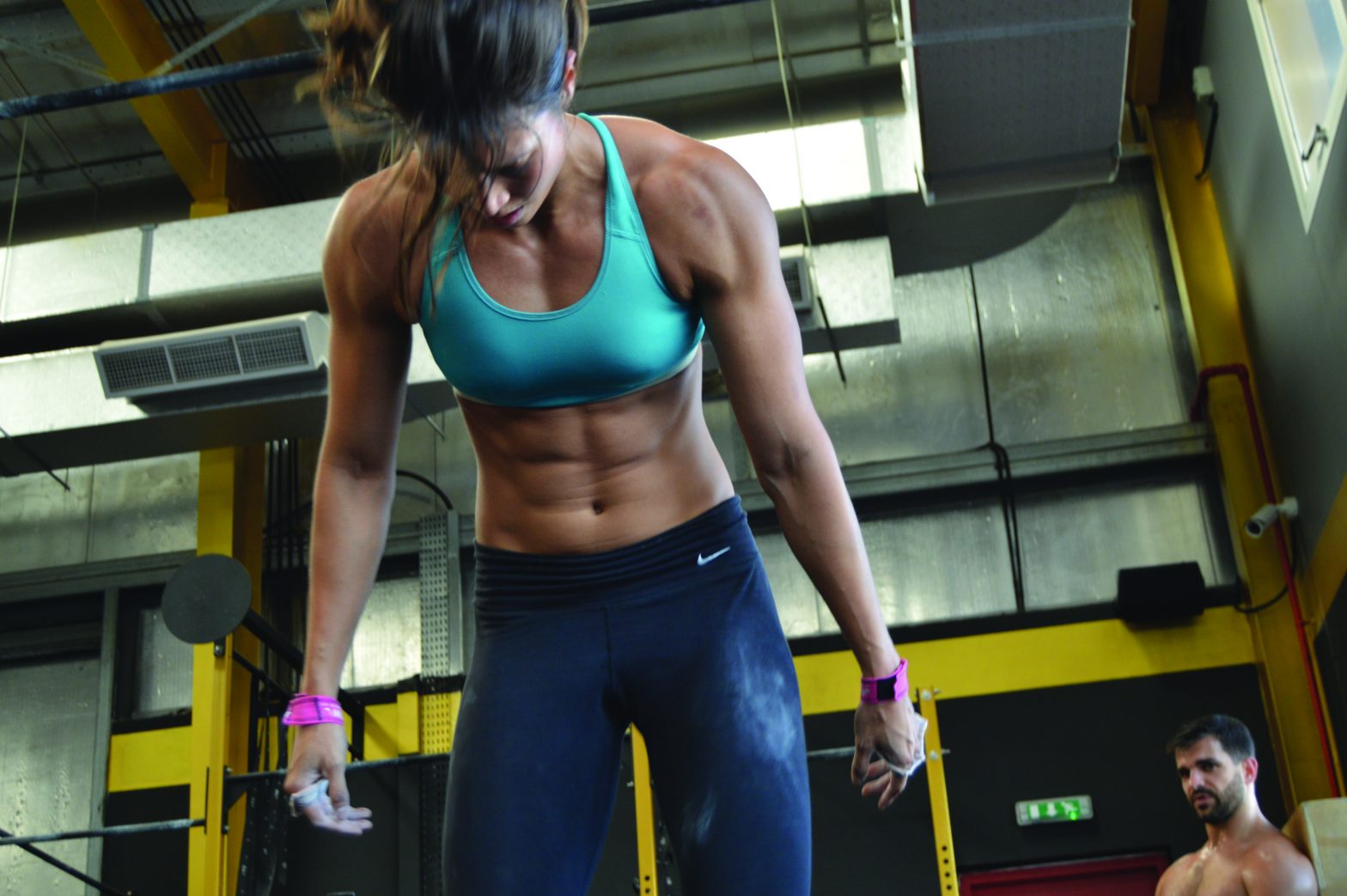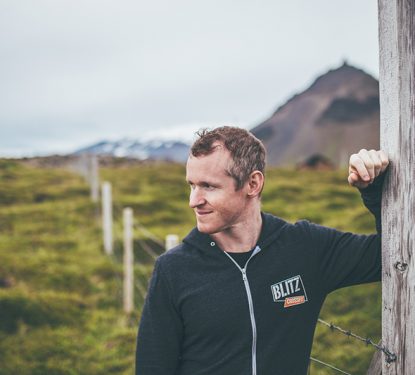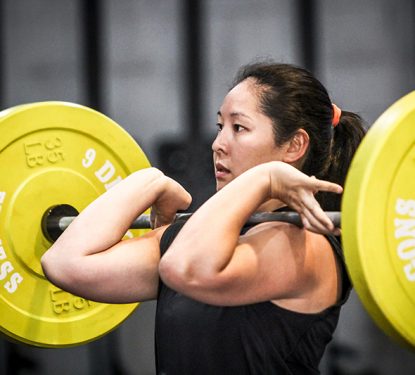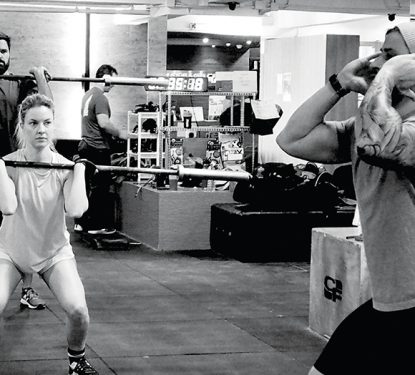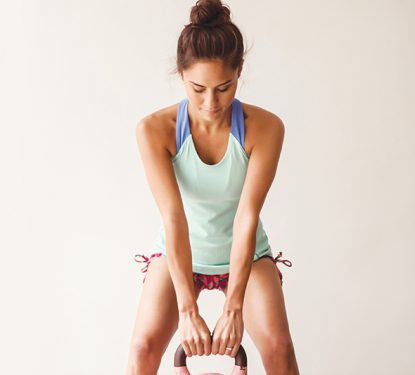While a slender physique may seen enviable to some, many of us are now waking up to the dangers of “Skinny Fat”. Kate Springer finds out why thin isn’t always in.
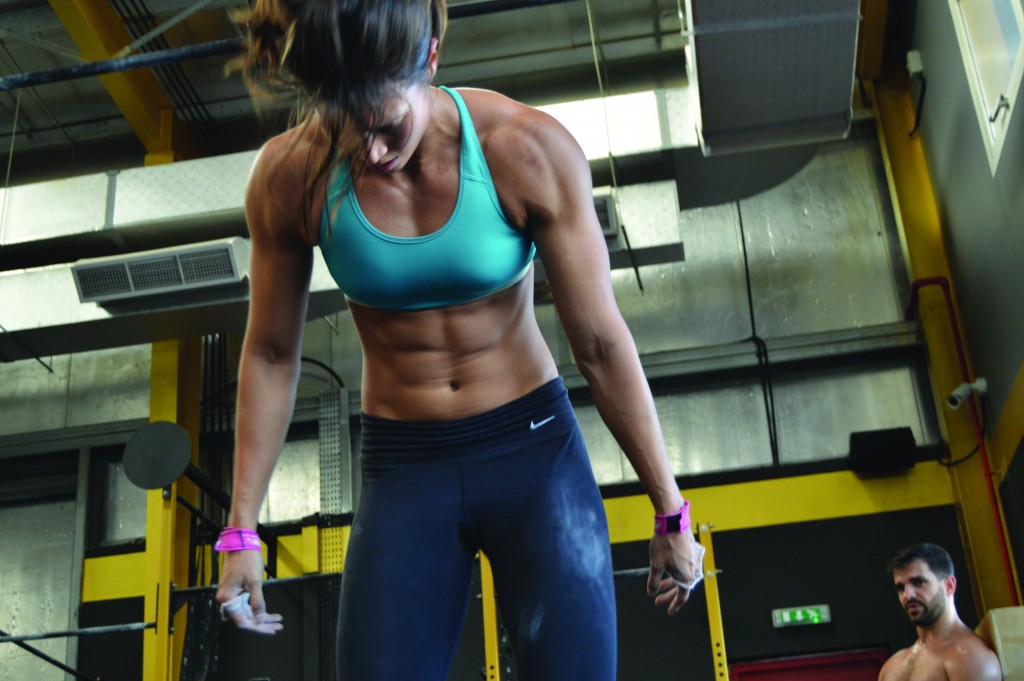
This time last year, you’d probably find Candy Leung watching Korean dramas on TV until 1am, with a Cup Noodles in one hand and a soda in the other. “I weighed only 95 pounds and thought I was really skinny, so I didn’t think I needed to do any exercise”, Leung says. “I think shopping might be the only exercise I ever did in the past”.
Leung, an assistant nurse, made a dramatic change in her lifestyle about six months ago when she joined women-only fitness program Bikini Fit. “I decided to start exercising because I was seeing a lot of models on Instagram with very toned body shapes and I wanted to look like that. I was trying to find out their secrets and realized that weight training would help to change my body shape and make me stronger”, says Leung.
The program comprises six days a week of high-intensity training as well as workshops on nutrition, goal planning and mental health. Leung says she has learned a lot from the workshops, and has put down fast food in exchange for a new diet of salmon, chicken, lean beef, vegetables and complex carbohydrates. “I knew that it was not good for me to eat Cup Noodles all day, but I just liked the way they tasted”, she admits. “I followed this website called The Ramen Rater, which lists all the best instant noodle recipes. I have tried almost all of them!”.
called The Ramen Rater, which lists all the best instant noodle recipes. I have tried almost all of them!”.
Making a Change
Since her fitness journey began five months ago, Leung has gained four to six pounds of muscle and decreased her fat mass by more than 10 percent. She can lift more, is sleeping better and has even seen improvements in her digestive health. “Now my friends will tell me know that I am getting more muscles in my arms and that’s really good to hear,” she says. “I am feeling physically stronger and mentally too. I don’t know why, but I have more confidence”.
Rewind to five months ago and Leung says she was what doctors consider Metabolically Obese Normal Weight (MONW) or, more commonly, “Skinny Fat”. A skinny fat person is someone who appears slim on the outside, but may have a mixture of high fat mass, little muscle mass, poor diet and an inactive lifestyle.
Many times skinny fat people don’t realize the potential health problems lurking beneath their slender physiques. Due to poor diet and inactivity, they are susceptible to health issues such as diabetes, cholesterol, high blood pressure, and a dangerous gathering of visceral fat around the abdominal organs.
“If you take two people with different builds, but the same body fat percentage, you could get someone who has very, very little muscle mass and a lot more fat, but they appear thin. That’s skinny fat”, says Tricia Yap, an MMA fighter and trainer. “The more lean muscle mass you have correlates to how long you will live. It’s the stuff that you don’t see that could actually become health risks long-term”.
It’s all in the Weights
Weight training is the most effective method for gaining lean muscle mass. However, misconceptions keep some women from embracing this valuable exercise regime. “A lot of women are afraid of weight training, because they think they are going to gain too much muscle and look bulky,” says personal trainer Darrel Erxleben from Epic MMA. “But weight training is the first thing you should be doing. It will have a positive effect on your hormones, it burns calories and builds muscle – you can’t do that just by jogging every morning”.
Building muscle is important to optimise health at a young age, but it becomes even more crucial as you age. “The bigger sign of actually being healthy is the ability to hold onto your lean muscle mass”, says Erxleben. “If you don’t use them, you lose them”.

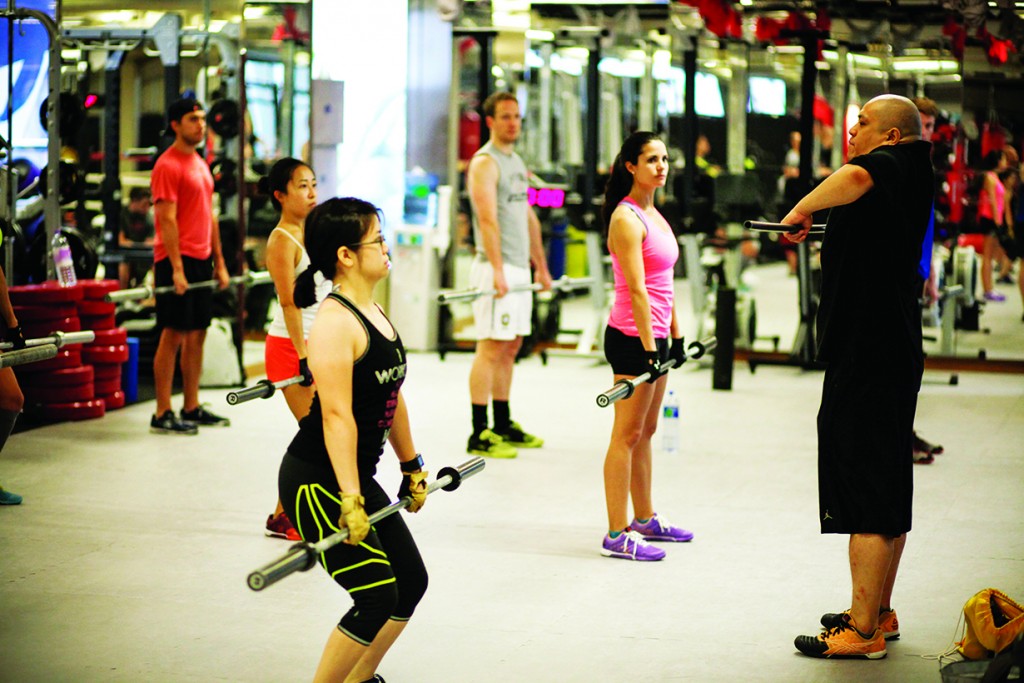
Find Your Tribe
Sometimes all you need to get up and get moving is a fitness community where you can work out with friends. “I never had a problem with weight, and I was always really skinny, so I never had to try”, recalls Kirsteen Thain, a Hong Kong native who is now a CrossFit trainer based in Dubai. “I went through a phase of eating lemon meringue pie once a day for about four months. It was pretty bad. I was eating a lot of sugar, processed carbohydrates, burgers, dim sum, noodles, bread”.
For Thain, the turning point came when she tried a package of CrossFit intro classes, which was a gift from a friend. Though she didn’t stick with it at first, Thain came back to it a year later and began training regularly. “I guess normally when you go to a gym or a Bodypump class, you don’t really talk to anyone”, says Thain. “There’s a teacher who tells you what to do at CrossFit, but it’s so much more sociable. I made a lot of friends there and people were really supportive. It became a thing that I looked forward to doing, because I wanted to go work out with my friends”.
It didn’t take long before Thain began competing regionally on a team and working professionally as a CrossFit coach, first at CrossFit Asphodel in Hong Kong and later in Dubai. “I have gained two kilograms of muscle. I am still very small but I have really muscular arms, which I need to be competitive on the team”, says Thain. “But more important than how I look is how I feel about my body. I used to be really insecure because I was thin but flabby. And now I don’t even think about how my body looks, and that’s so liberating”.
As Thain and Leung discovered on their own health journeys, there’s so much more to health than appearing slender – it’s about building lean muscle mass, following a healthy diet, sleeping enough and finding confidence in your own skin.
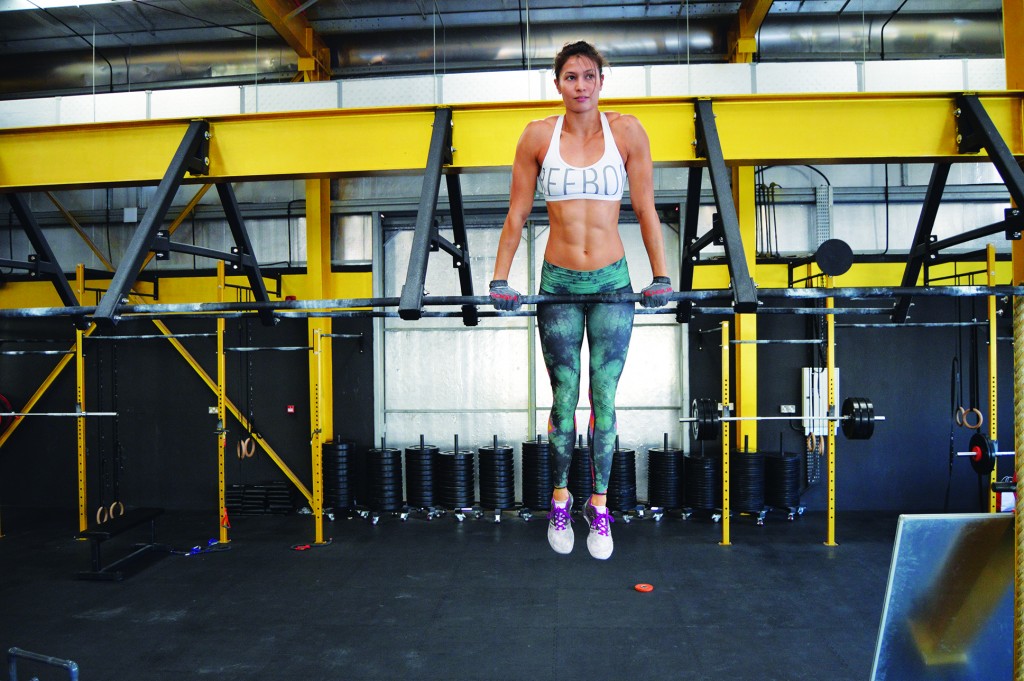
Measure Up
Want to know exactly what you’re made of? A DEXA scan offers a peek under the hood.
In the past people would step on a scale and watch the numbers go up or down or check their BMI based on height and weight, but these methods don’t tell the whole story as to what’s going on inside your body.
Sᵉveral leading fitness programs and studios recommend using the DEXA scan, as it is the most accurate measure of body composition. Other methods, such as body fat scales and measuring skin folds, may dramatically underestimate your body fat percentage, sometimes by nearly 10 percent.
The DEXA scan takes about six minutes; X-Rays analyse the tissue and bone density in your entire body. It was originally used as a way to measure bone density for osteoporosis patients; later it became a useful monitor of body composition.
“A normal body fat percentage for a female is 30-40 percent”, says Glen Joe, exercise physiologist at Hong Kong University’s Institute for Human Performance. “If you’re at 45 percent but you look thin on the outside, then you could be predisposed to having inactivity-related diseases. Does that definitely say you are going to have diabetes? Absolutely not, but the risk is higher”.
DEXA scans are available at HKU’s Active Health Clinic, Stanley Ho Sports Centre, 10 Sha Wan Drive, Sandy Bay, Pok Fu Lam, www.activehealthclinic.hk.
I think I’m skinny fat. What do I do?
It’s not too late to make some changes.
Upgrade your diet:
Ditch the processed foods and noodles, and instead eat lean proteins, complex carbohydrates and lots of vegetables, seeds and beans.
Watch your liquids:
Cut out sugar-packed drinks like soda, juice, alcohol and sweet teas that mess with your insulin levels and cause you to store visceral fat.
Lift some weights:
If you have too much fat and not enough lean muscle, the most effective method to build muscle mass is to strength train.
Chug water:
Drink more tea and water, which will help relax you emotionally and keep your body functioning optimally.
Get some sleep:
Get back to basics and make sure to get those eight hours of zzz’s to help regulate stress hormones, curb cravings and increase energy.
Get some tests:
Fasting blood sugar, LDL particle test, insulin response test, blood pressure and a DEXA scan are all good ways to find out what’s going on in your body.

